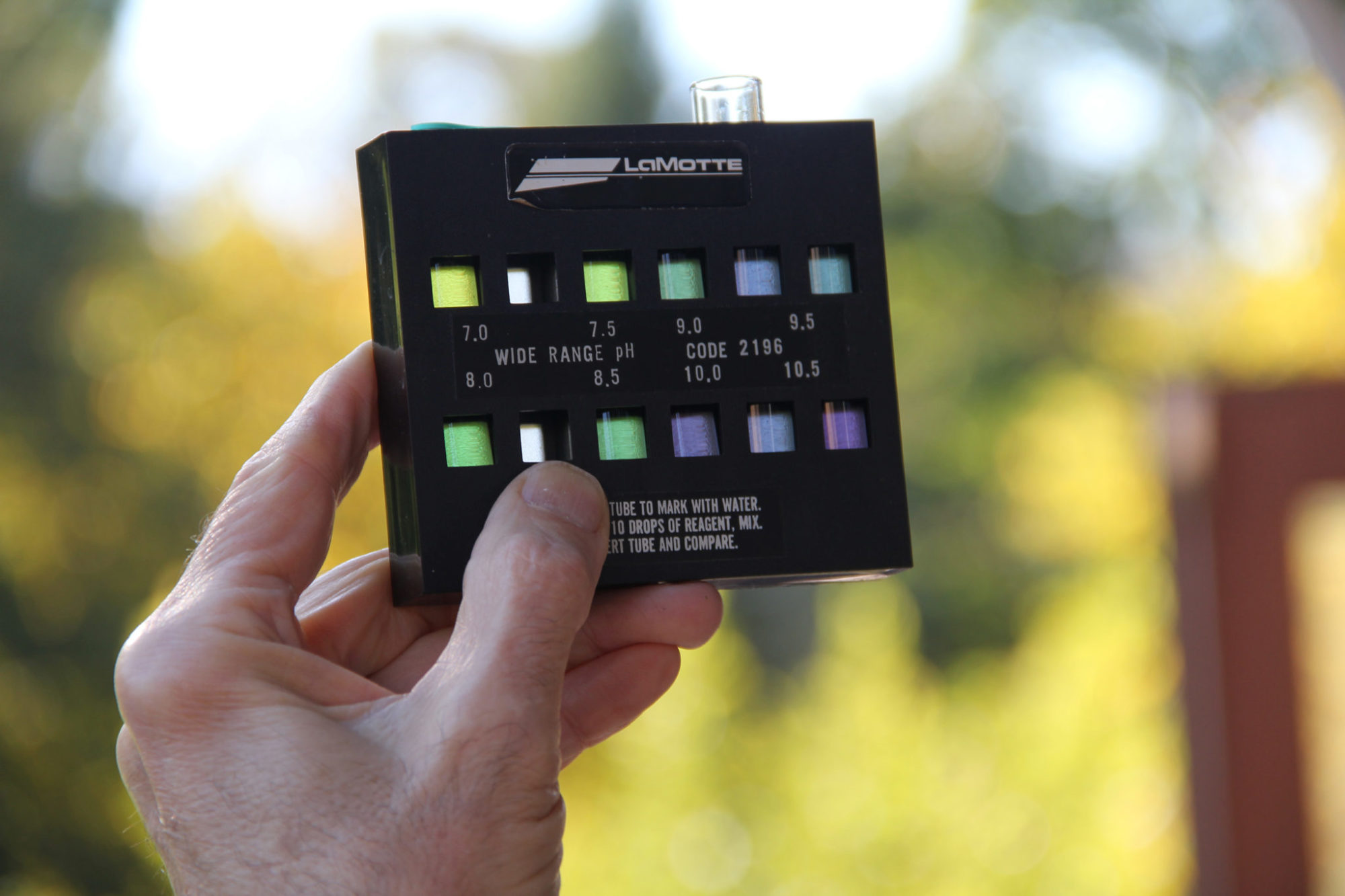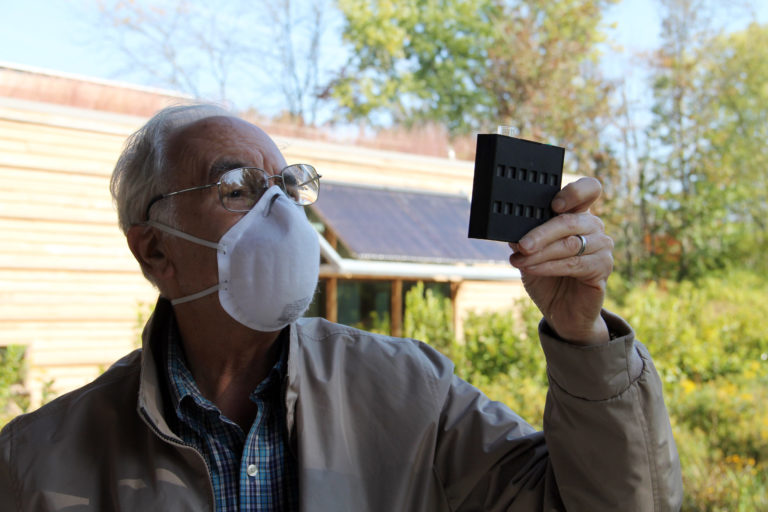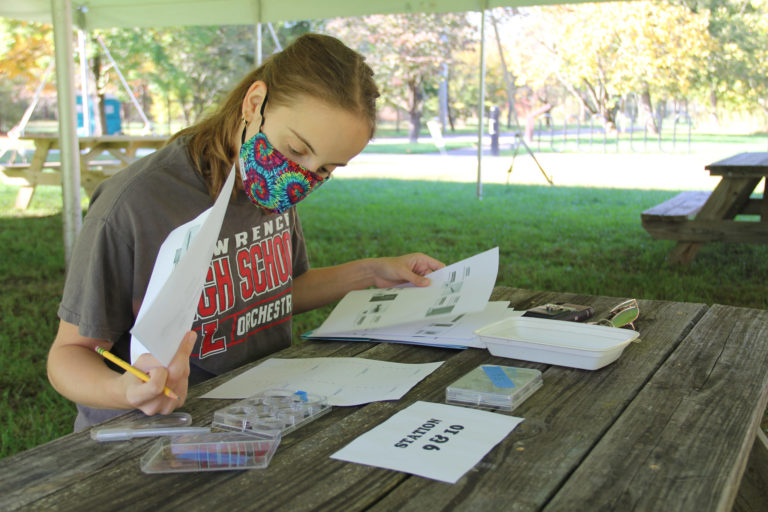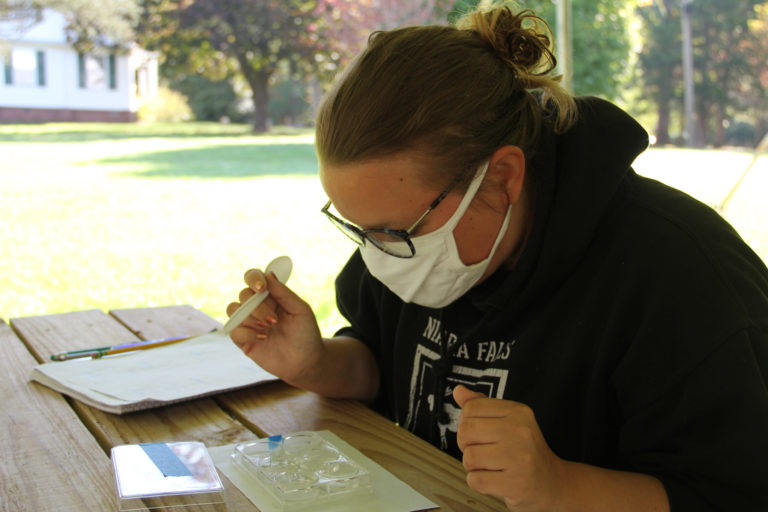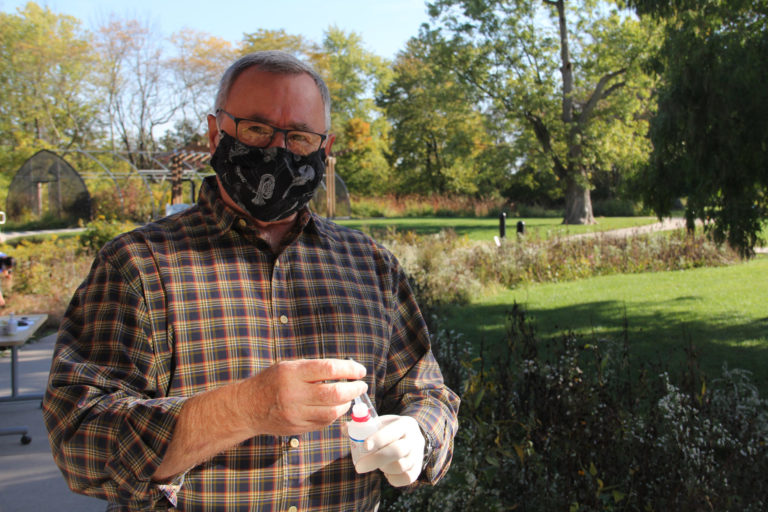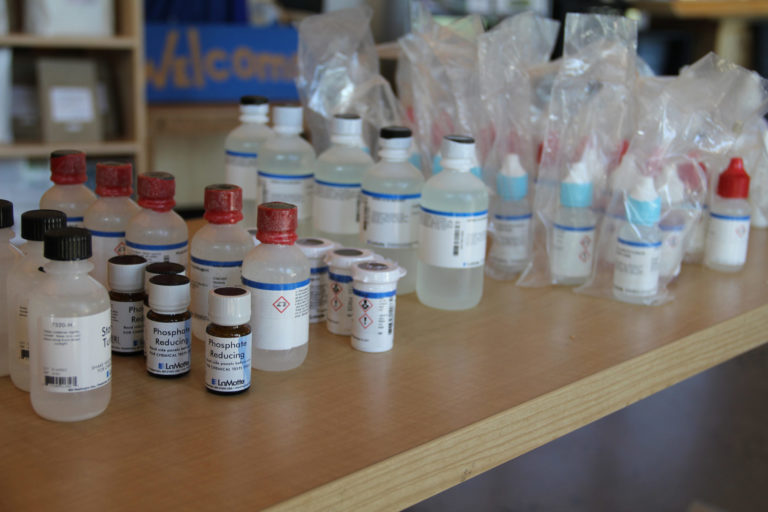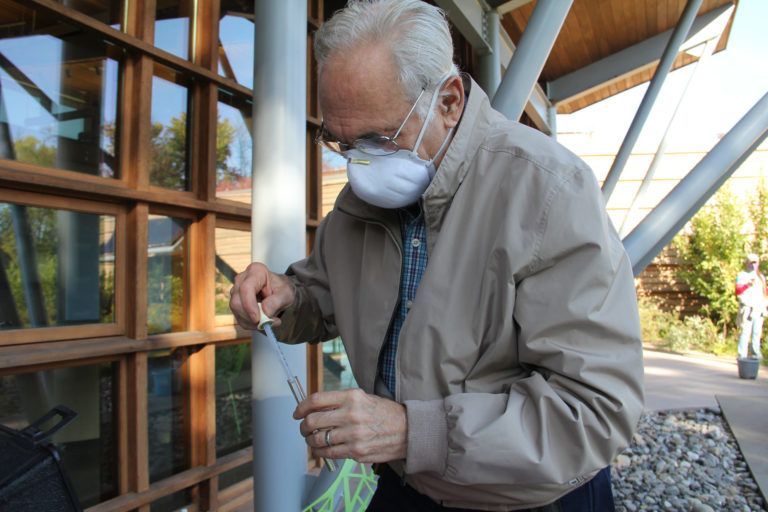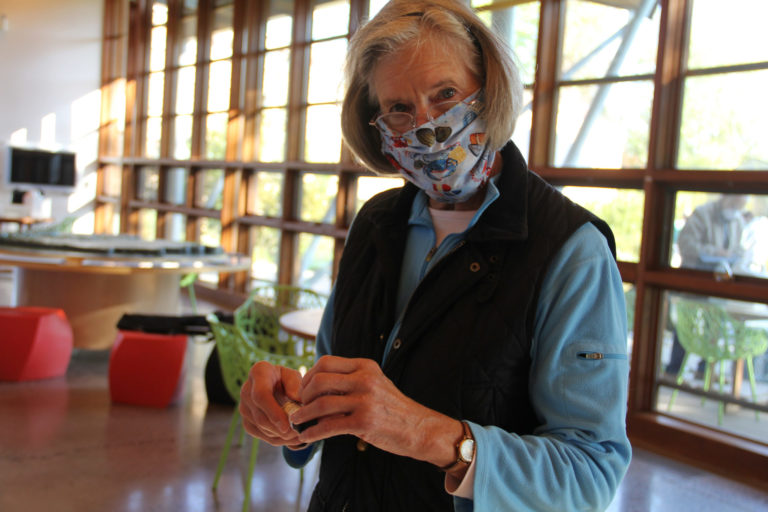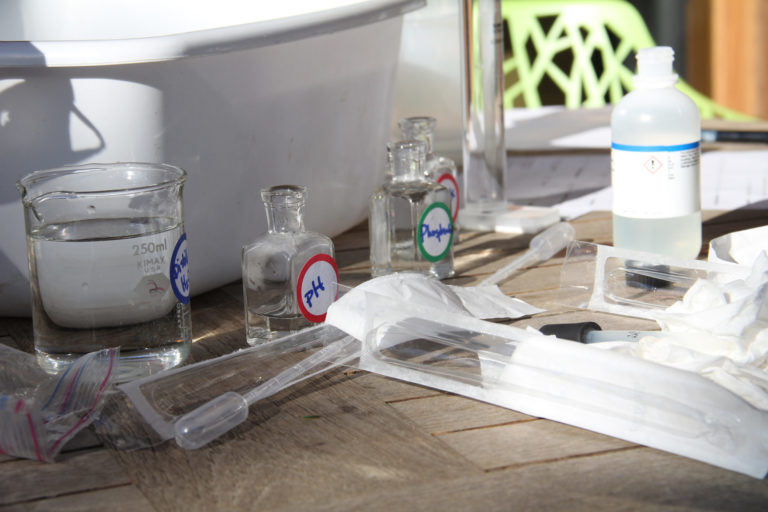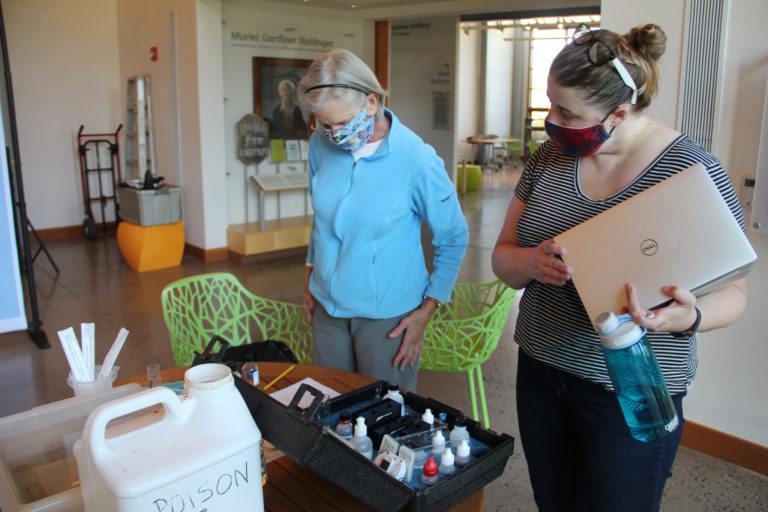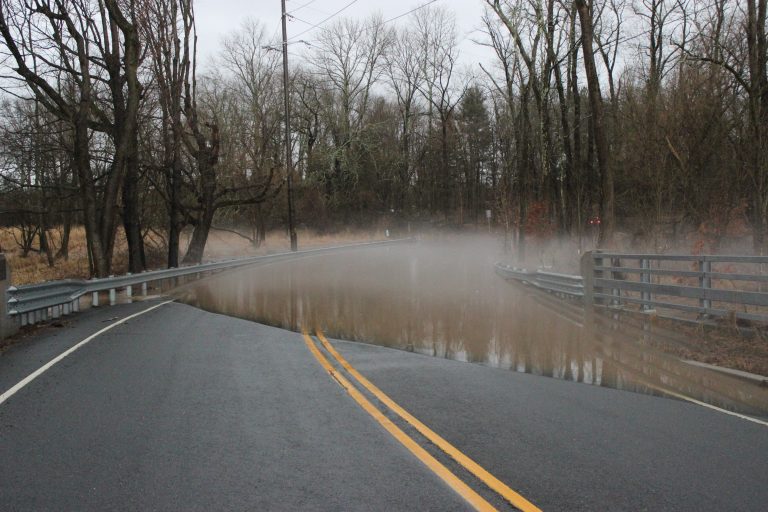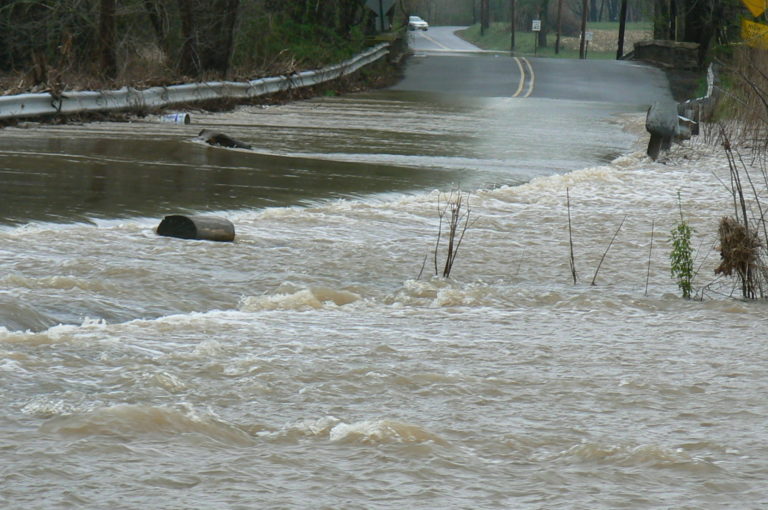A lost season.
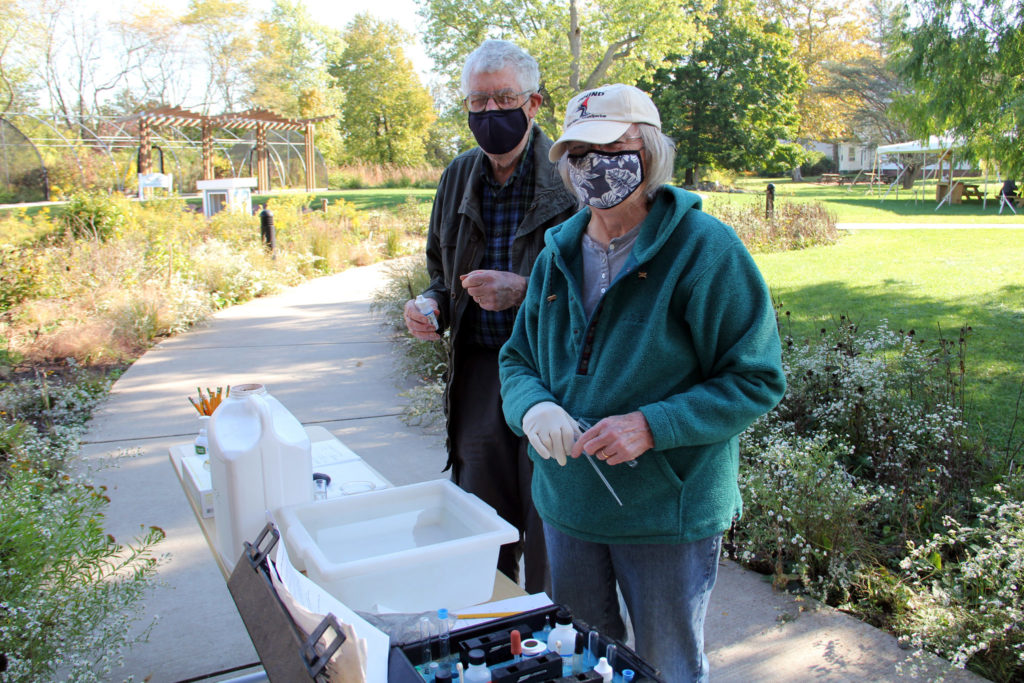 The essential field work of gathering data to create a picture of stream health and water quality trends was abruptly halted when the COVID-19 pandemic hit in March.
The essential field work of gathering data to create a picture of stream health and water quality trends was abruptly halted when the COVID-19 pandemic hit in March.
While the toll of the virus has been broadly chronicled, a lesser-known facet is the impact on important, scientific endeavors such as the Watershed’s long-term monitoring of water quality that has been operating for the past 28 years.
“Because of the pandemic, our volunteers did not monitor in March, April and May this year, so we lost out on a season of chemical data,” said Erin Stretz, the Watershed’s Assistant Director of Science & Stewardship.
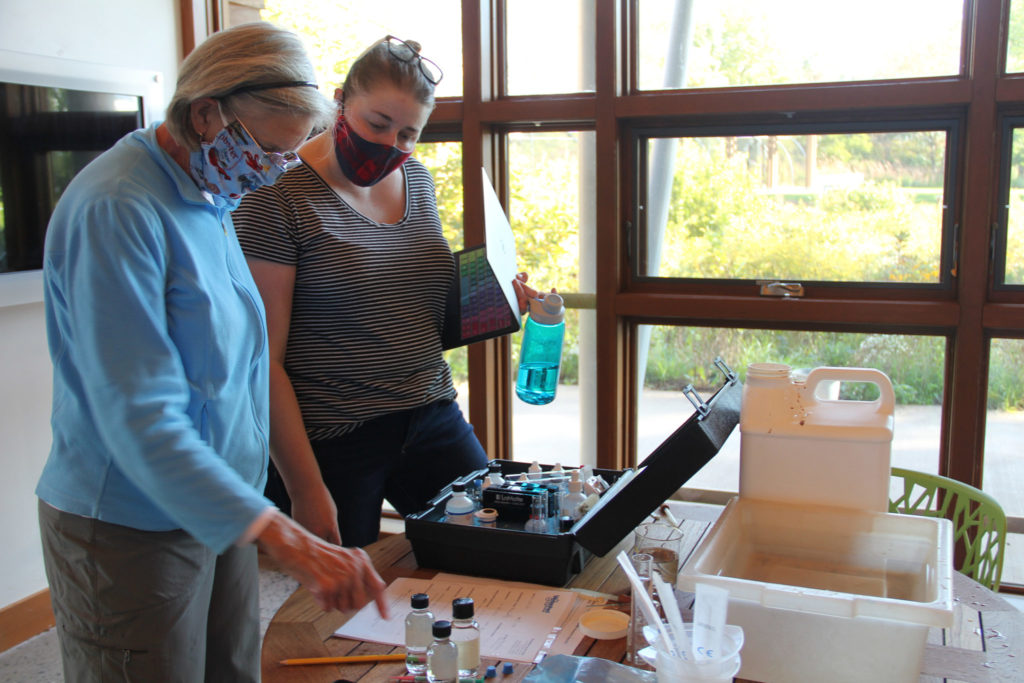 The three-month hiatus for water testing – including temperature, dissolved oxygen, pH, turbidity, nitrates, and phosphates typically performed by the Watershed’s StreamWatch volunteers – was likewise experienced by government, community and other nonprofit groups. The data gap continued until the Watershed and other groups, including the statewide New Jersey Watershed Watch Network, adjusted and created systems for gathering data in a safe, socially distanced fashion.
The three-month hiatus for water testing – including temperature, dissolved oxygen, pH, turbidity, nitrates, and phosphates typically performed by the Watershed’s StreamWatch volunteers – was likewise experienced by government, community and other nonprofit groups. The data gap continued until the Watershed and other groups, including the statewide New Jersey Watershed Watch Network, adjusted and created systems for gathering data in a safe, socially distanced fashion.
Stretz resumed the water quality training on Oct. 24 for two groups of volunteers. The Watershed’s Chemical Action Team (CATs), a StreamWatch group started in 1992, has volunteers who traditionally visit a specific location on a stream, river, lake, or other waterways each month during their yearlong commitment.
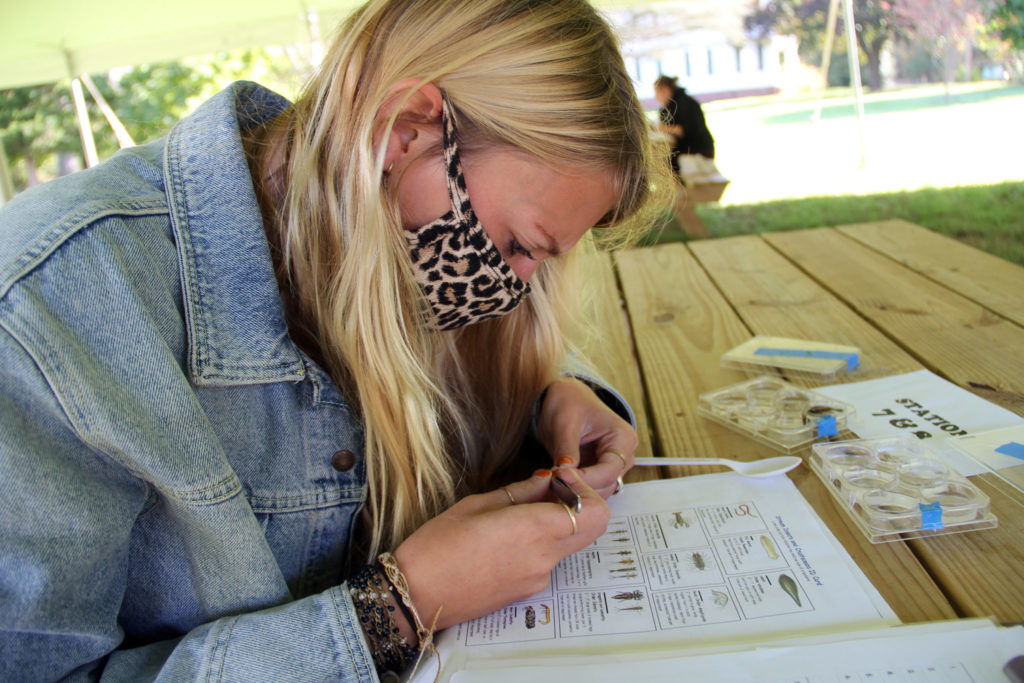 She also ran a spring refresher course for the AmeriCorps Ambassadors who are trained at the Watershed for their yearlong stints at one of New Jersey’s 20 watershed management areas. The training allowed the testing to resume on the waterways traditionally monitored by the Watershed’s landmark CATs program that originated in 1992. (The success of the CATs program prompted the creation of the Biological Action Team (BATs), four years later).
She also ran a spring refresher course for the AmeriCorps Ambassadors who are trained at the Watershed for their yearlong stints at one of New Jersey’s 20 watershed management areas. The training allowed the testing to resume on the waterways traditionally monitored by the Watershed’s landmark CATs program that originated in 1992. (The success of the CATs program prompted the creation of the Biological Action Team (BATs), four years later).
This long-term monitoring allows the Watershed to detect small changes in water quality due to changing land use and land cover patterns. The data is plugged into the federal Water Quality Exchange and also is used by the state Department of Environmental Protection for its biennial water quality assessments.
The AmeriCorps program, which has been hosted at the Watershed since 2000, trains ambassadors who are dispatched throughout the state to educate local residents on watershed issues, monitor stream health, advocate for protections and perform environment projects. As a former AmeriCorps ambassador in 2007-2008, Stretz said she has personal insight into how ambassadors are asked to absorb large amounts of watershed knowledge in a short time frame. She tries to make the training fun to help them retain information and pass identification tests.
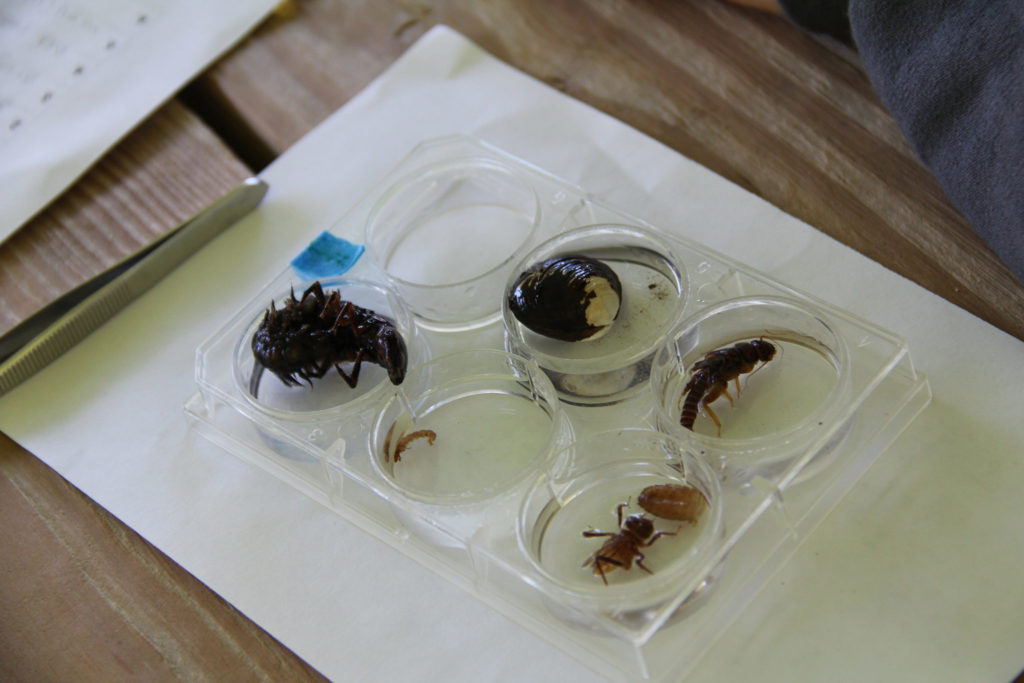 “Because the Ambassadors are put through rigorous training and quality-assurance measures, like field auditing and macroinvertebrate testing, the state can be assured that the data they collect is accurate and high quality.”
“Because the Ambassadors are put through rigorous training and quality-assurance measures, like field auditing and macroinvertebrate testing, the state can be assured that the data they collect is accurate and high quality.”
Marisa Immordino, 22, Lawrenceville decided to become an AmeriCorps ambassador because of the hands-on experience it offers.
“I’ve always been an outdoorsy, hands-on learner. What drew me to environmental sciences is the fieldwork and that is a big part of the AmeriCorps program… and being able to go into the streams look at macros, work with like-minded people,” she said.
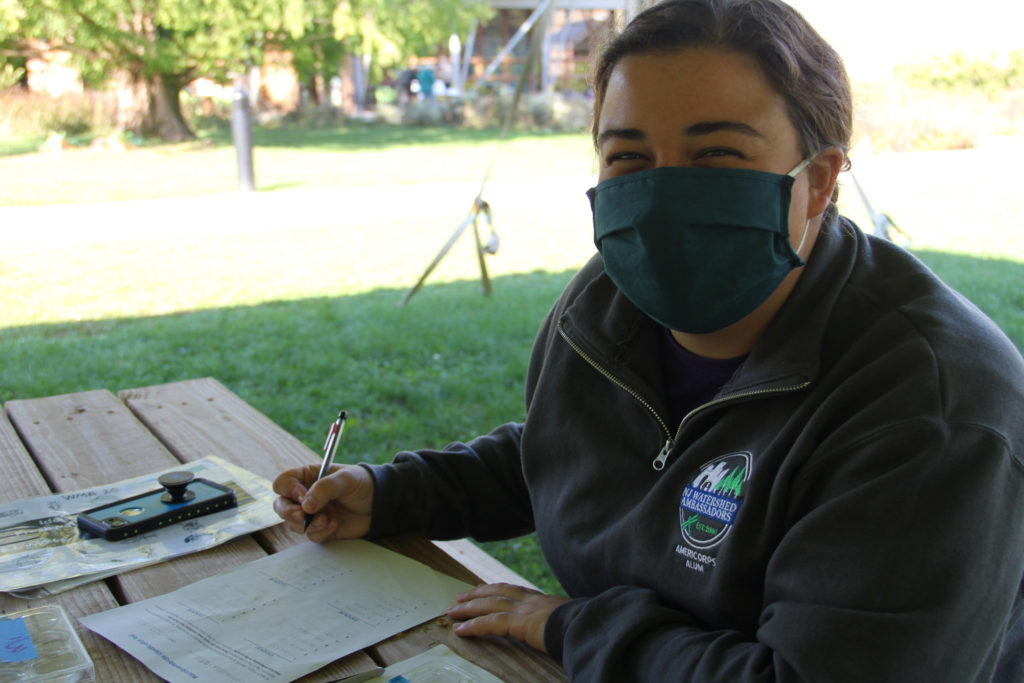 Stretz also works with the New Jersey Watershed Watch Network, which connects established water-monitoring groups around the state, and did a Stream School in September for the Rahway River Watershed Association’s new monitoring program.
Stretz also works with the New Jersey Watershed Watch Network, which connects established water-monitoring groups around the state, and did a Stream School in September for the Rahway River Watershed Association’s new monitoring program.
“Despite the pandemic, the Watershed continues to do vital work by training people to do volunteer monitoring,” said Jim Waltman, Executive Director of The Watershed Institute. “Our StreamWatch program, the AmeriCorps ambassadors, and the statewide network are crucial players in gathering long-term data and the volunteers should be applauded for their endeavors.”

